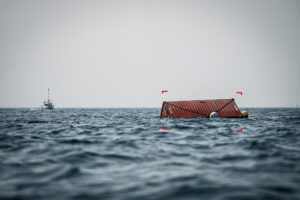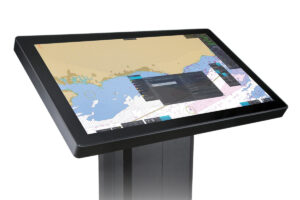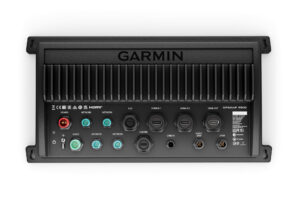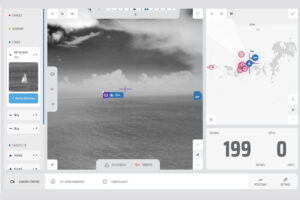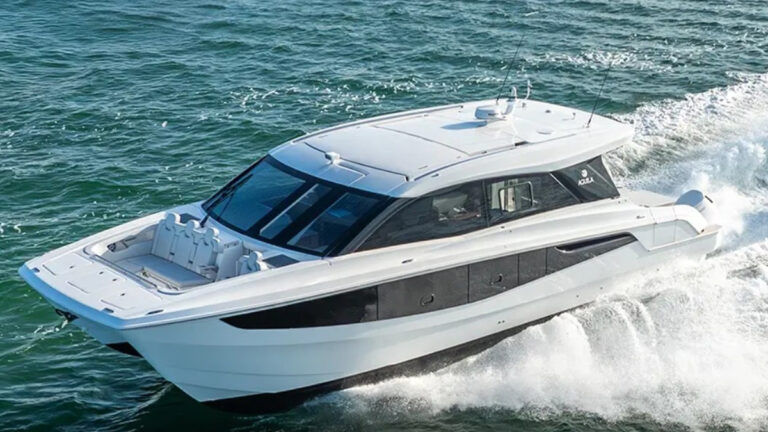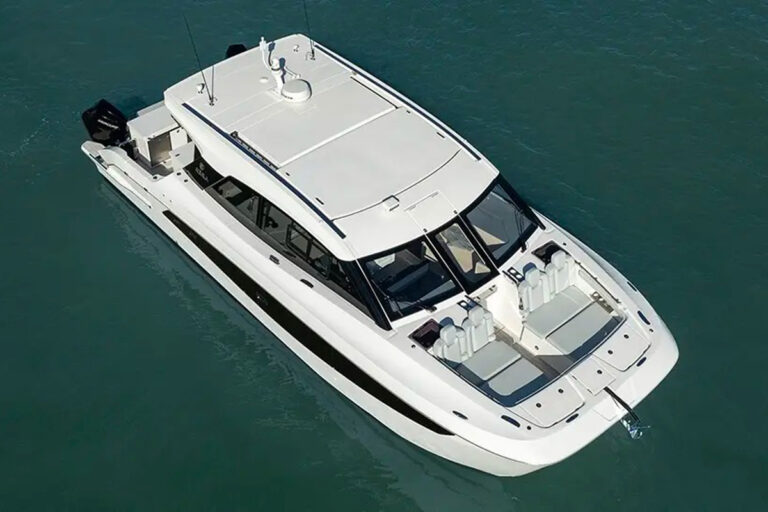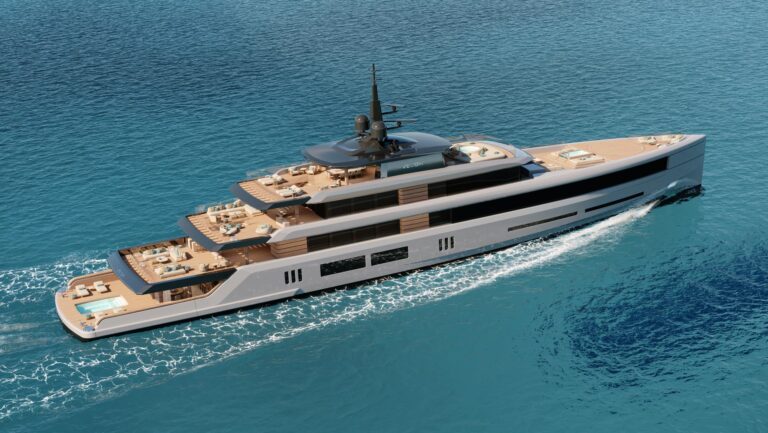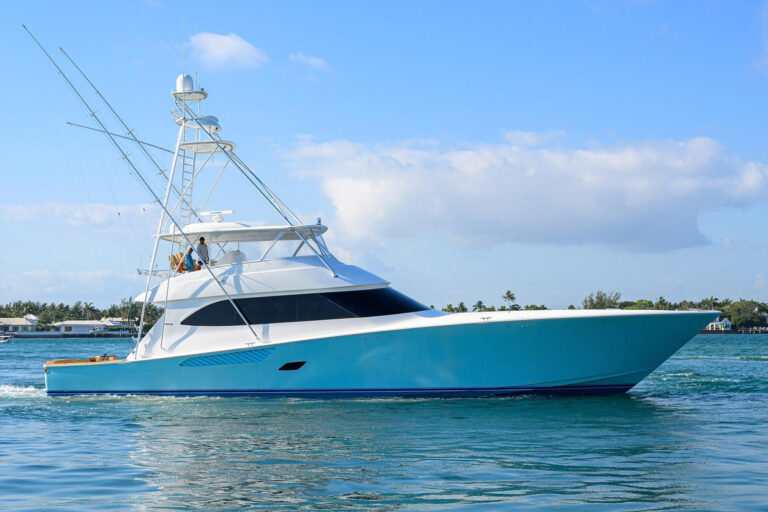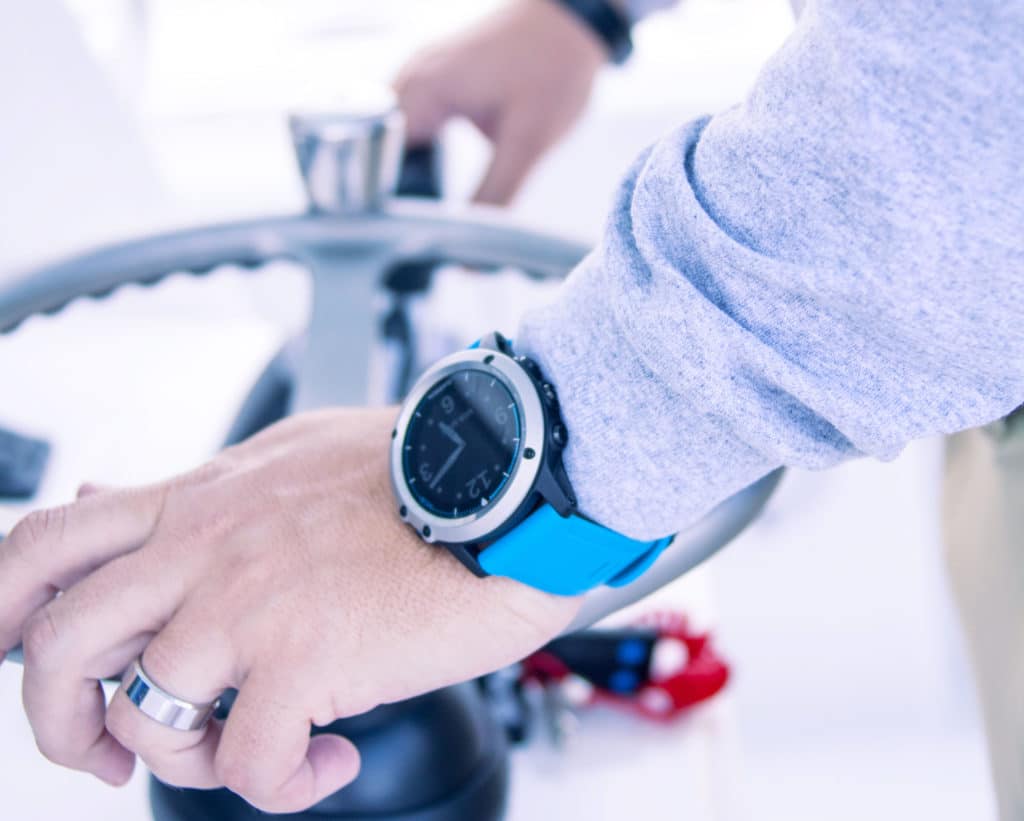
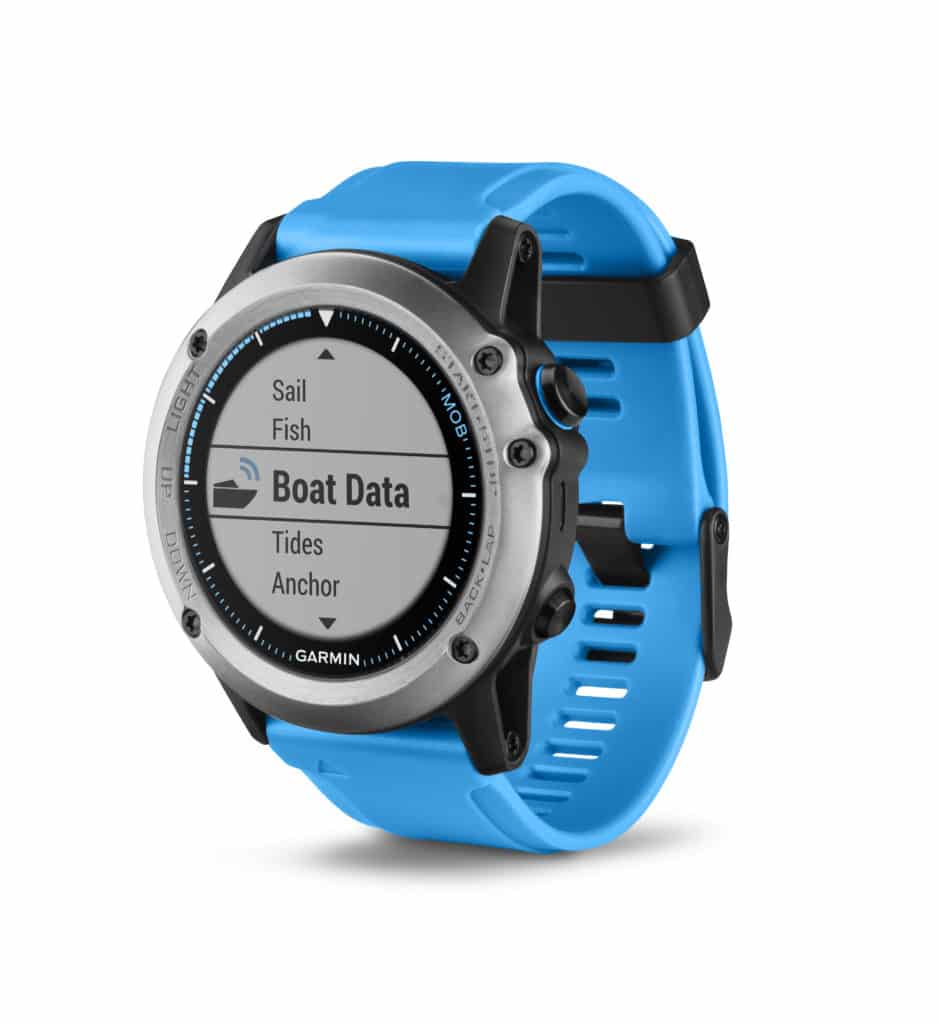
The scene was unforgettable: Jimmy Spithill, skipper of Oracle Team USA, at the helm of USA 17 as the mighty foiling catamaran thundered toward San Francisco’s Pier 29. She was doing almost 40 knots with water vaporizing off her carbon-fiber hydrofoils as she crossed the finish line ahead of Emirates Team New Zealand to win the 34th America’s Cup.
While Spithill and company became acclimatized to jaw-dropping speeds during AC34, this sort of “fantasyland sailing” would have been impossible without precise and easy-to-read sailing data. USA 17 was wired with a bevy of sensors that monitored myriad onboard metrics; these numbers were wirelessly shared with wrist- and glasses-mounted displays that Spithill and his afterguard wore, giving them at-a-glance access to all pertinent boat information.
Spithill needed up-to-the-nanosecond data, but most boaters operate with significantly wider margins of error. Still, this doesn’t diminish people’s appetites for real-time information and cutting-edge technology. Enter wearables, a niche marine-electronics market that Garmin has long commanded thanks to its involvement in the fitness and outdoor industries, which drove the company to innovate GPS smartwatches, fitness monitors (see sidebar) and, more recently, a glasses-mounted head-up display.
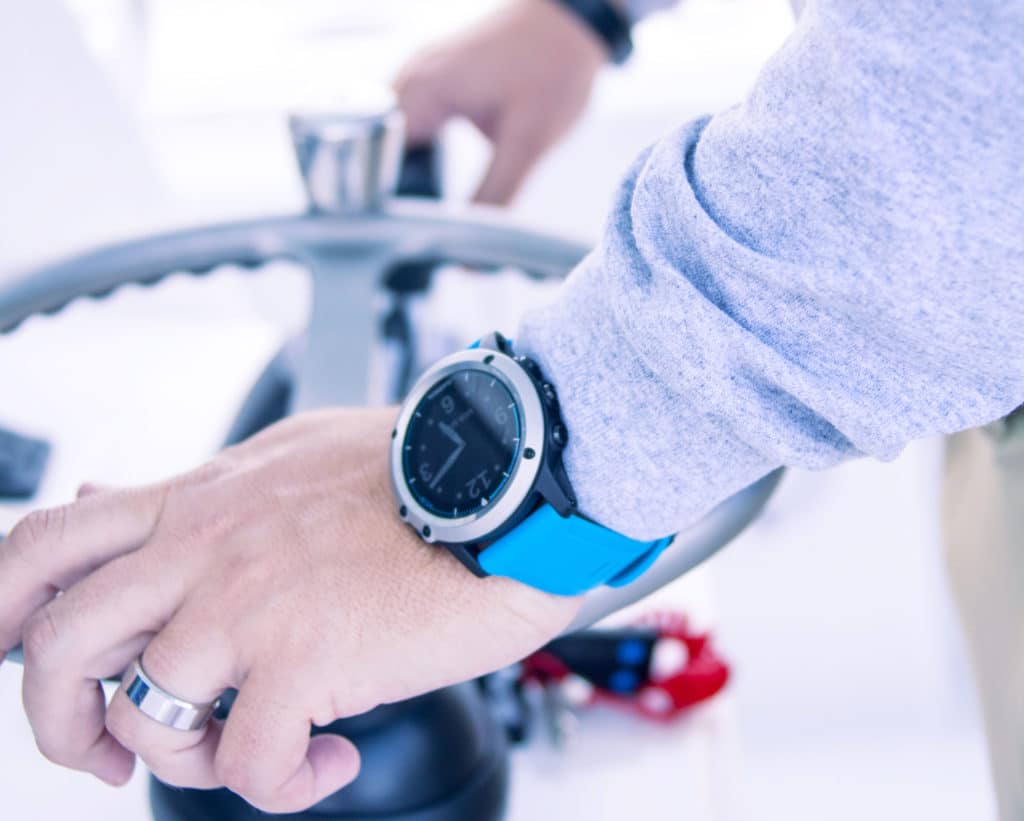
Garmin snapped heads in 2013 when it introduced the quatix smartwatch, which had the ABCs (altitude, barometer, compass) and an embedded GPS receiver, plus Wi-Fi, ANT+ and Bluetooth connectivity. When paired with a Garmin GNT-10 NMEA transceiver, quatix could present networked NMEA 2000 information and control compatible Garmin autopilots. Quatix’s ability to provide accurate, real-time data, either in stand-alone mode or when paired with a Garmin navigation system, proved popular. Quite a few called it “the James Bond watch.”
“The first quatix was ahead of its time,” says Dave Dunn, Garmin’s senior manager of marine sales and marketing. “It was big and bulky, but it put quatix on the map.”
Now, Garmin has released the quatix 3 ($599); despite its name, it’s Garmin’s second-generation marine-specific smartwatch. It solves the aesthetic shortcomings of the first incarnation, largely with its new digital face design and interchangeable wristbands. No one will mistake a quatix 3 for a Panerai, but no Panerai offers quatix 3’s level of situational awareness.
“We live in a connected world,” Dunn says. “Quatix 3 helps keep you connected to your vessel.”
While he points to DST (depth, speed, temperature) data as the most commonly accessed smartwatch information, Dunn also says many apps are available for quatix 3 on Garmin’s Connect IQ store to customize the smartwatch experience. Quatix 3 is loaded with sailing-specific features, but it also has a fish-catch counter and competition timer for anglers, as well as a stand-alone man-overboard button that sets an internal emergency waypoint. Additionally, quatix 3 can create navigational waypoints, it can pair with smartphones and tablets to access the Internet, and it can control a Fusion marine stereo with a free app. Thanks to its embedded GPS/GLONASS antenna, the quatix 3 can also lead you home after a night ashore.
As with all electronics, quatix 3 is beholden to its power supply, namely a rechargeable, 300 mAh lithium-ion battery. The quatix 3 can reportedly go 30-plus days without a recharge, provided that its embedded GPS/GLONASS receiver — quatix 3’s biggest power draw — is turned off.
While this unit is an evolution of the original, Garmin removed one Hollywood-esque feature: “One of quatix 3’s only shortcomings is no autopilot control,” Dunn says. The capability didn’t play nicely on Garmin’s software platform. While an app could theoretically tackle autopilot control, Garmin was concerned that using third-party software for a mission-critical operation could become a safety concern. Moving forward, Garmin is exploring ways to integrate autopilot controls into future quatix models.
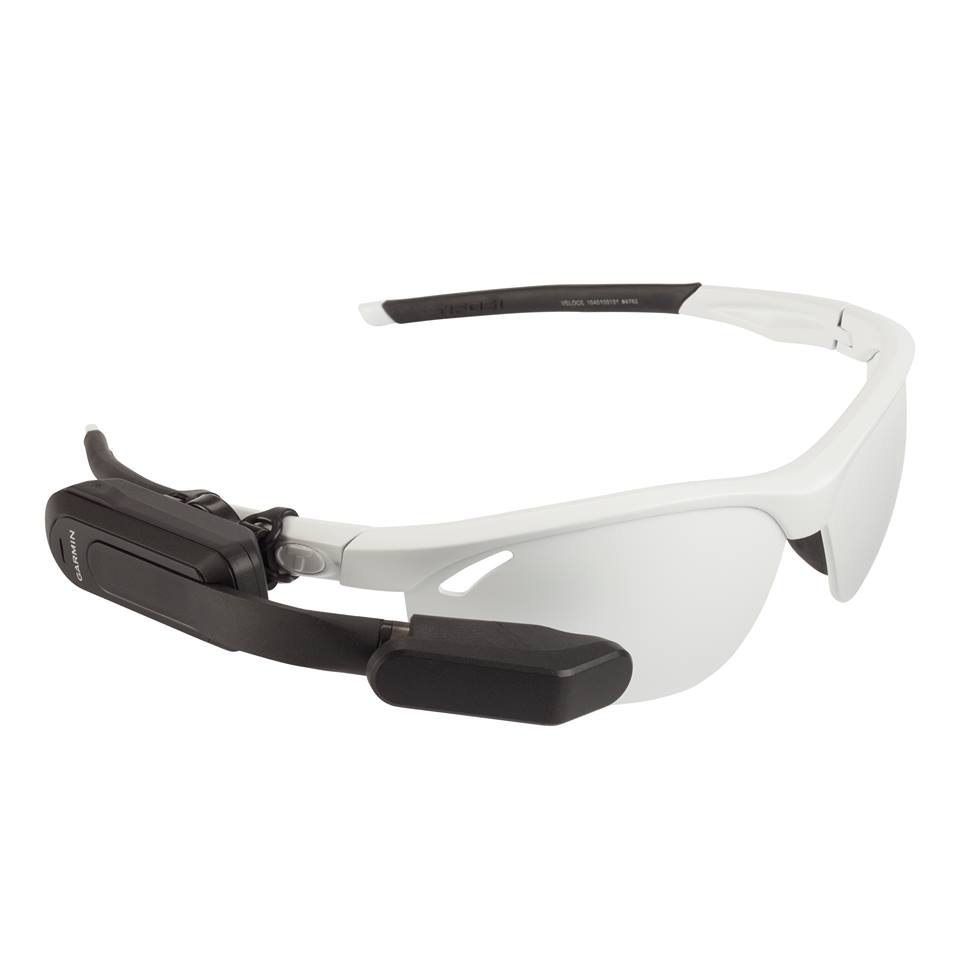
Nautix In-View Display
Garmin also recently introduced its Nautix In-View Display ($399), a clever wireless HUD that clips onto either temple on most glasses/sunglasses to give the wearer five customizable data screens. Garmin originally designed the technology for cyclists but soon realized a similar design would let mariners quickly access germane data such as DST, heading, engine rpm, and distance and bearing information.
Nautix pairs with compatible Garmin multifunction displays via an ANT+ connection, and users scroll through different screens by swiping a touch-sensitive strip on the device’s chassis. Nautix is glove- and wet-weather friendly, and it has IPX7 weatherproof protection.
While Nautix displays only numerical data, its embedded ambient-light sensor and color display help ensure that this data is readable in any light. Nautix weighs 1.1 ounces, boasts an eight-hour battery life and offers a display resolution of 428 x 240 pixels. It can take a minute to acclimatize to any HUD (think bifocals), but Nautix’s screen is big enough to be visible without hindering your vision.
Although Garmin originally targeted racing sailors, it has been happily surprised to find additional yachtsmen seeing the potential benefits of Nautix.
“Fishermen geeked out on [Nautix],” explains Dunn, proudly adding that there’s virtually zero lag time between the multifunction display and the HUD. “Anglers can keep casting. They don’t have to look at a display. And cruisers who are away from their helms can keep an eye on their data.”
Nautix and quatix 3 both play nicely with select Garmin’s products, but they don’t currently work with third-party marine electronics. Fortunately for Garmin customers, however, Garmin multifunction displays can be paired with different quatix 3/Nautix combinations.
As for Oracle Team USA, there’s no word if they’re considering quatix 3 smartwatches or Nautix HUDs for AC35, but given the level of competition involved, all teams are undoubtedly reconnoitering all technologies that could help them win the Auld Mug.
Objects in Motion
While boating is exciting, it’s not the best calorie-burning activity. Fortunately, wearables such as Fitbit’s line of activity trackers ($59 to $249) or Garmin’s line of Vivo products ($99 to $219) can help. These activity monitors can count your steps, your heart rate and countless other metrics that encourage you to stay fit while cruising. “You can put in your height, weight and gender,” says Garmin’s Dave Dunn, adding that Garmin’s fitness devices also have embedded accelerometers. “Our wearables are smart enough to [recognize] vertical oscillation when running.” If this sounds like a nowhere-to-hide scenario, it’s time to revisit Newton’s first law of motion.

